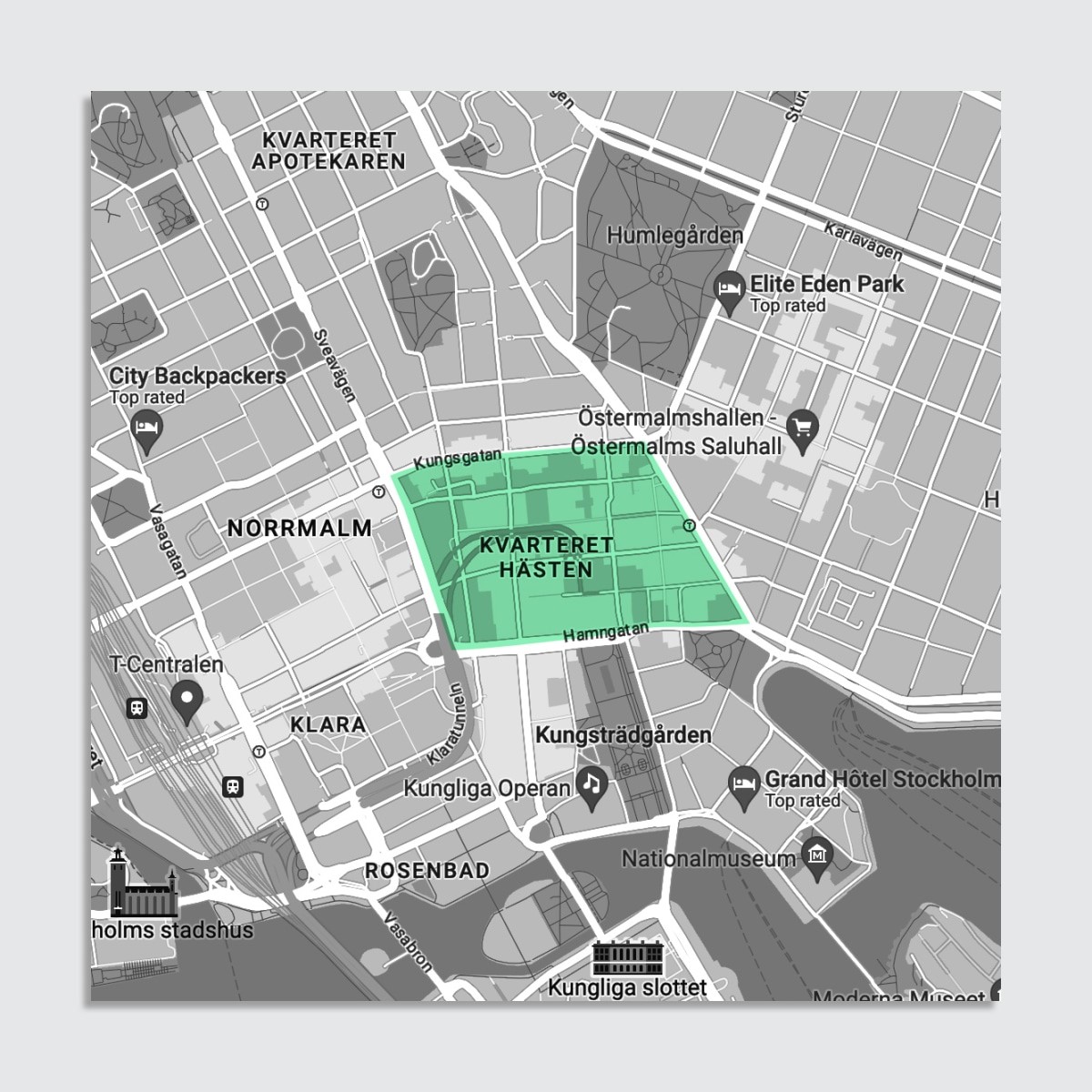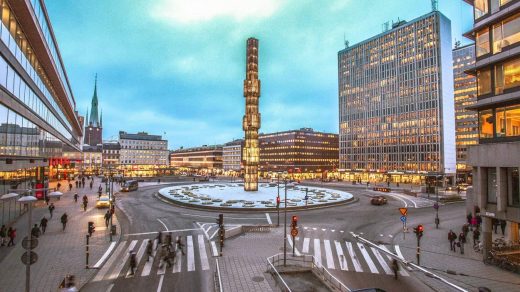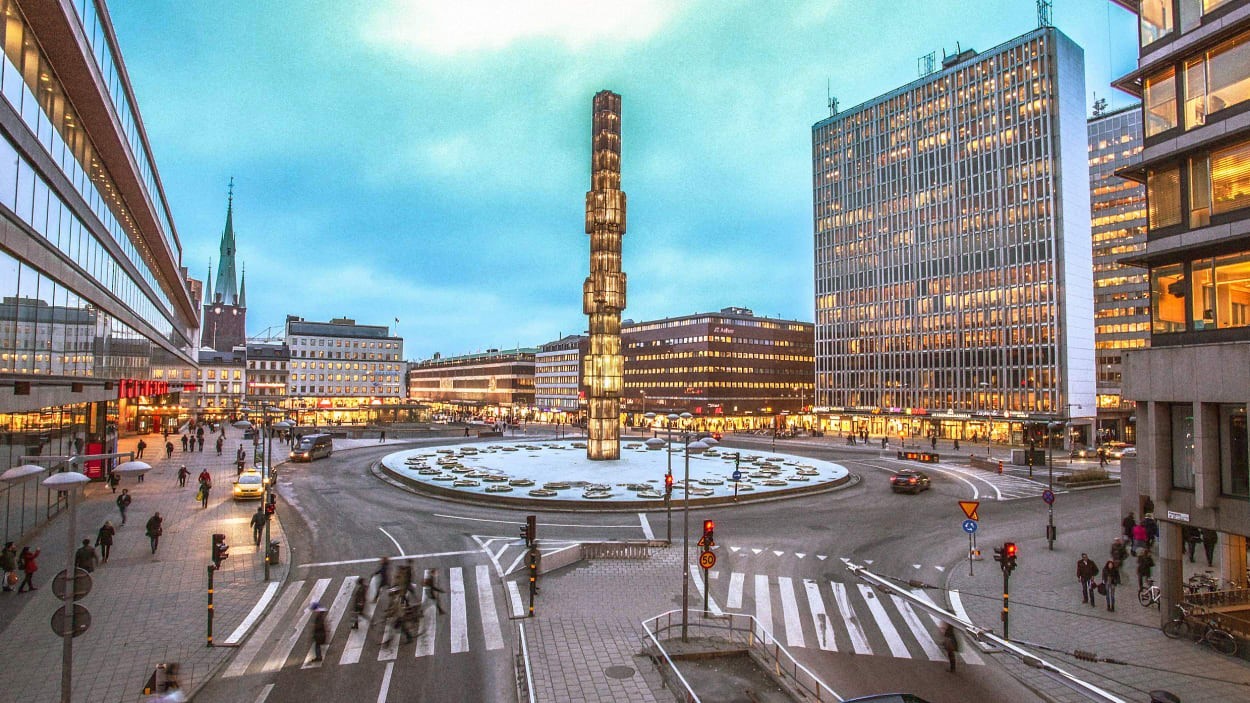In this Stockholm neighborhood, you won’t be able to drive a gas-powered car
By the end of next year, if you want to drive to a central part of Stockholm, you’ll have to have an electric car or another vehicle that meets strict air-pollution standards. The city is going a step farther than London and other places with ultra-low-emissions zones: Instead of charging the most-polluting cars a fee, they’ll be banned completely in a 20-block area.
“We want to do this because we want to do something about the problem with air pollution in Stockholm,” says Lars Strömgren, vice mayor for transport and urban environment for the City of Stockholm. “More and more research shows that [pollution] levels that were considered to be low have a substantial effect on the lungs.”
Studies have shown that children living near the city’s dirtiest streets have reduced lung function by the age of six months old. Around 1,000 people in the city die early each year because of air pollution.

The new low-emissions zone is filled with stores and offices, and right now, pedestrians and cyclists have to deal with heavy traffic. The district has been dominated by cars since the middle of the 20th century, Strömgren says. Sweden was “very carried away by the idea of the car, and the car-friendly city,” he says. “A lot of houses were demolished in the center, where people used to live, but then it was made into a central business district.”
Separately, the city is trying to convince more people to walk, bike, or take public transit in the area, with new sidewalks, bike paths, safer crossings, and dedicated bus lanes. And Stockholm is experimenting with ways to help reduce congestion. In one pilot project, vehicles that deliver packages to businesses were also used to carry away trash from the neighborhood after they made deliveries.
“I see this as a very creative phase, where different stakeholders that haven’t necessarily been talking to each other before realize that ‘Oh, together we could make this better,’” says Strömgren.
As that work continues—with a goal to cut traffic by nearly a third by 2030 compared to 2017 levels—the new low-emissions zone is a way to tackle smog from the remaining vehicles. Electric and fuel-cell vehicles will be allowed, along with plug-in hybrid trucks and some natural gas vehicles that meet the EU’s strictest air pollution standards. (Emergency vehicles, and cars belonging to disabled drivers living in the area, are exempt from the ban on diesel- and gas-fueled cars.) Stockholm didn’t consider creating a car-free neighborhood, though it does have some pedestrian-only streets.
“I think you need a Swiss army knife for transport planning—you cannot have one-size-fits-all, but you need different street types in different areas,” Strömgren says. “In this area, we believe because of the shops and offices and so on, that delivery needs to work.” Those deliveries will keep getting cleaner: The city plans to expand the low-emissions zone further in 2025. Stockholm plans to have 100,000 EV charging points by the end of the decade—and to make the entire city center emissions-free by that point.
(9)



